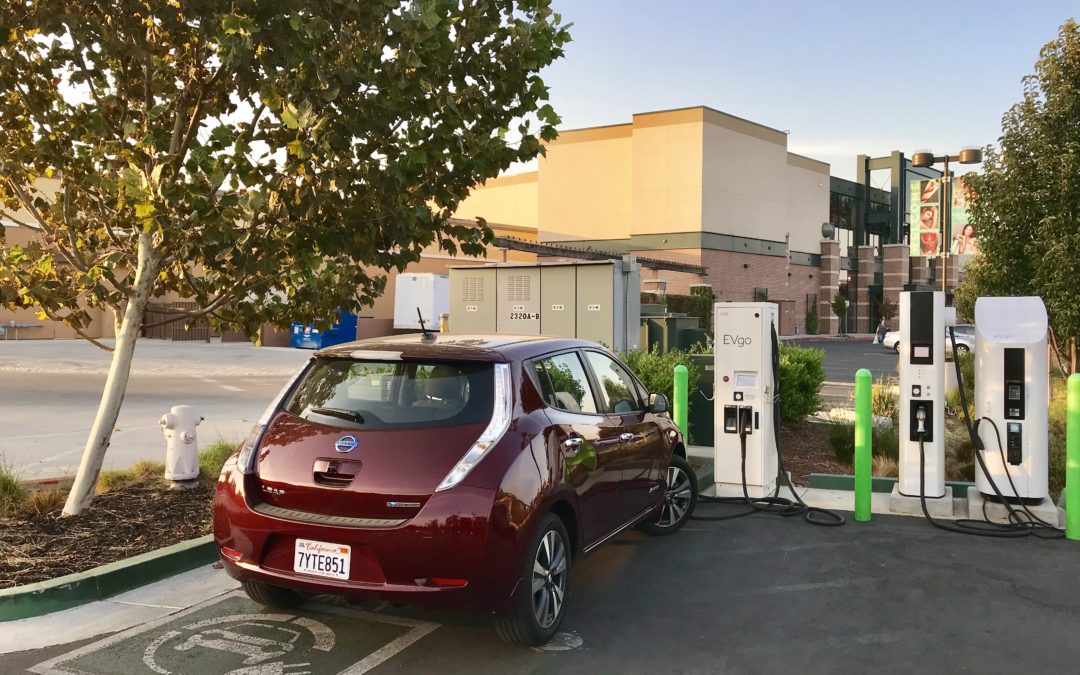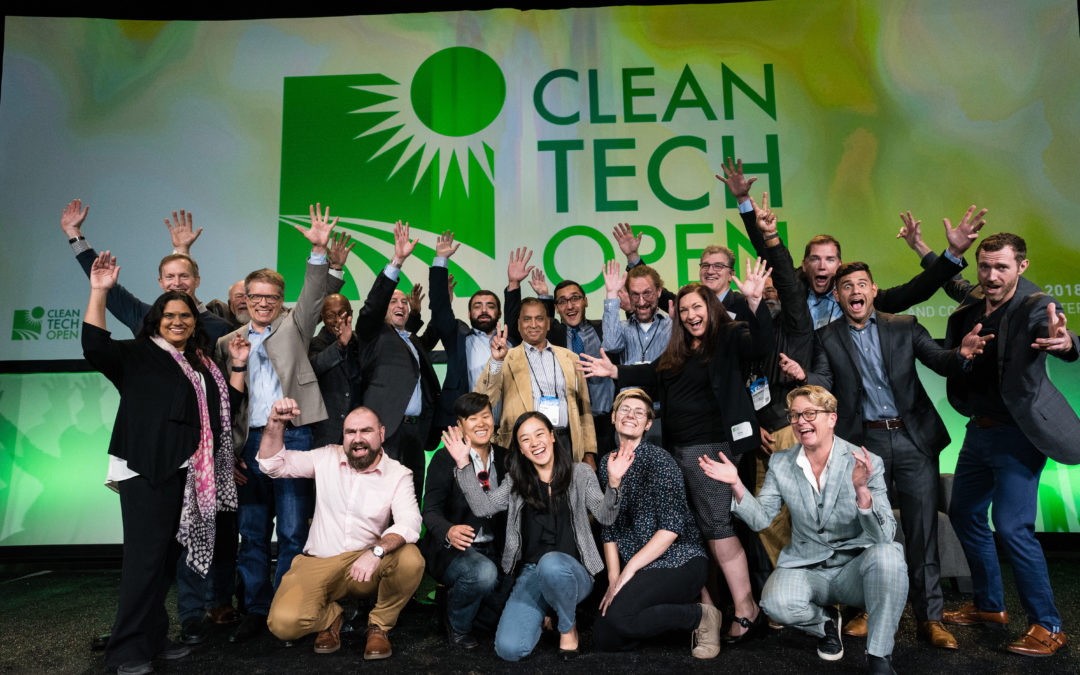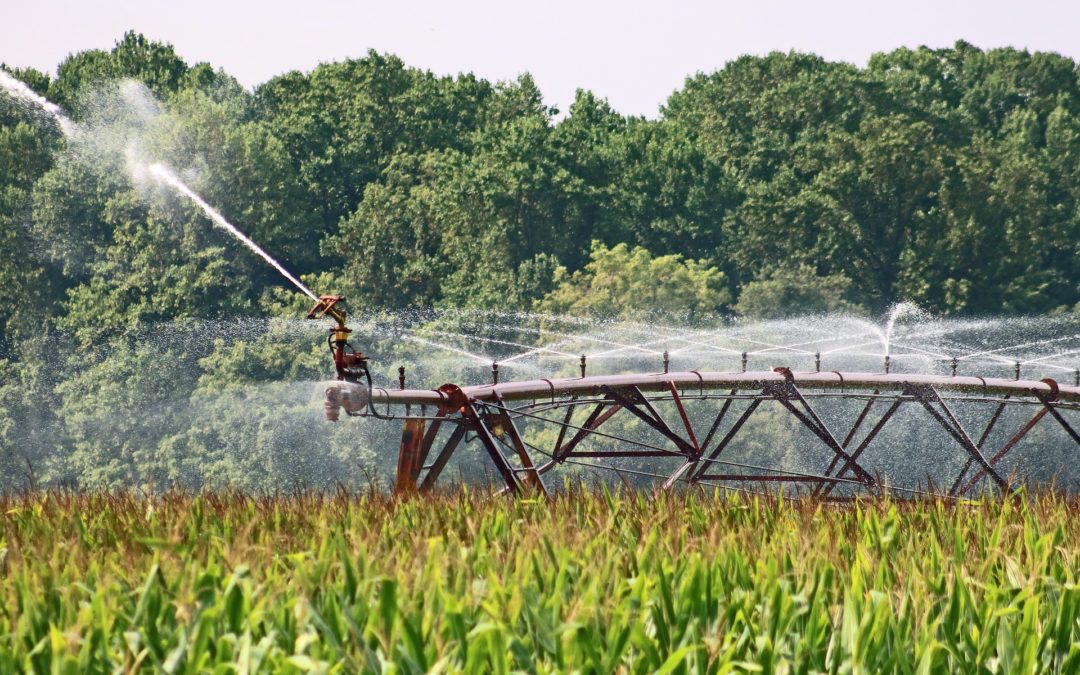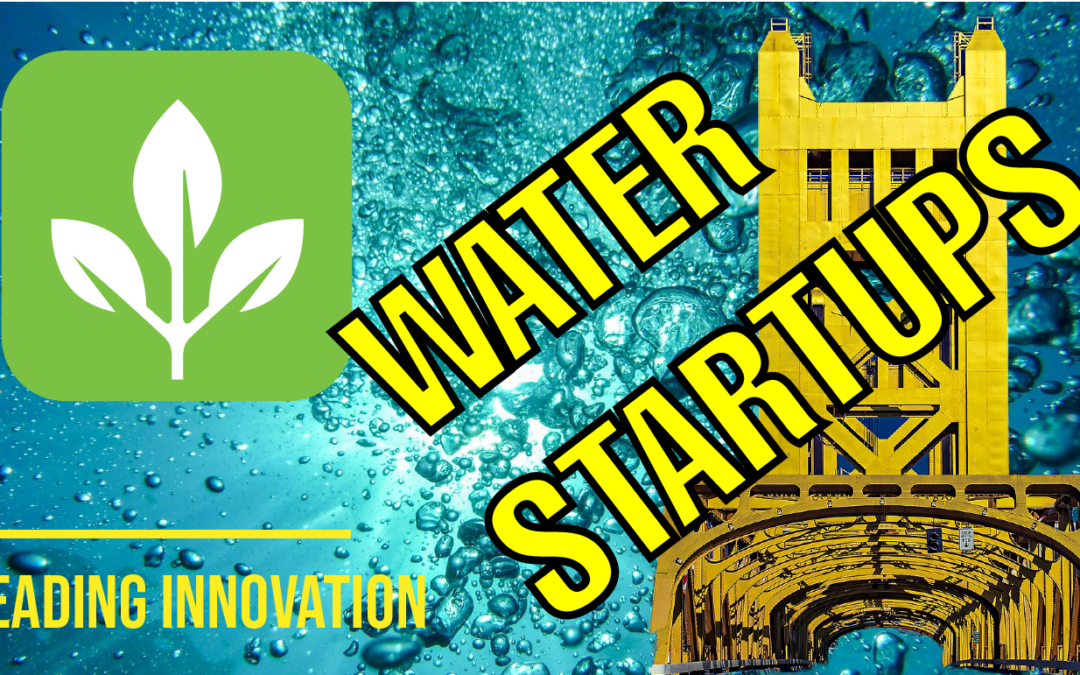
Water Sustainability: Three Companies Seeing Uptick in Interest
It is no surprise that with continuing drought the “new normal” in the western US, finding ways to improve the management of this resource is becoming more urgent. At our June 24 MeetUp, three of our region’s small companies that focus on water gave an update on their progress. We had heard from each of them before, refocused their businesses in the search for a profitably way forward.
 Tony Jones of Waterhound gained some important recognition recently by winning a 2020 CalSEED proof of concept award and the 2019 AI Tech Water Challenge of the Water Council, a global non-profit, the mission of which is to drive more innovation and better stewardship in water use. Tony is focused on selling SaaS based on extensive data collection feeding an AI tool to improve operations of water treatment plants, markedly dropping costs and improving yields of fully treated water. He is on a mission to improve water reuse to add to the water supply.
Tony Jones of Waterhound gained some important recognition recently by winning a 2020 CalSEED proof of concept award and the 2019 AI Tech Water Challenge of the Water Council, a global non-profit, the mission of which is to drive more innovation and better stewardship in water use. Tony is focused on selling SaaS based on extensive data collection feeding an AI tool to improve operations of water treatment plants, markedly dropping costs and improving yields of fully treated water. He is on a mission to improve water reuse to add to the water supply.
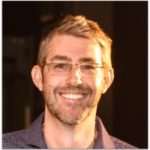 Chris Peacock, at AQUAOSO, is similarly focused on data analysis and software to improve users water resilience. He is trying to improve the adaptation strategies of water users as climate changes and creates shortages. One outcome that has been popular is a water risk scoring tool to help lenders and insurers get a better grasp of the situation of applicants. This is a big pivot from AQUAOSO’s original intent to provide a platform for the buying and selling of water, and has been a very successful one. They recently raised a $2 million Series C round to accelerate their progress. Chris and his 13-person team are hoping to help customers “future-proof” their businesses as they identify water risks needing attention. One method could be “regenerative” farming to take steps to preserve and enhance the water sources a property has.
Chris Peacock, at AQUAOSO, is similarly focused on data analysis and software to improve users water resilience. He is trying to improve the adaptation strategies of water users as climate changes and creates shortages. One outcome that has been popular is a water risk scoring tool to help lenders and insurers get a better grasp of the situation of applicants. This is a big pivot from AQUAOSO’s original intent to provide a platform for the buying and selling of water, and has been a very successful one. They recently raised a $2 million Series C round to accelerate their progress. Chris and his 13-person team are hoping to help customers “future-proof” their businesses as they identify water risks needing attention. One method could be “regenerative” farming to take steps to preserve and enhance the water sources a property has.
 Chuck Hansen of ElectroScan believes he has the best tool on the market for detecting and characterizing leaks in water and wastewater pipelines. While current systems lose 14% or more of the water they contain, current methods miss 90% of the leaks in the system and don’t do a good job of identifying the exact locations of leaks, leading to unnecessarily long excavations to visually pinpoint the leak. Many of the leaks ElectroScan finds can be fixed in-situ without even digging up the pipe. The company has won a long-string of awards going back to 2013 as a “best product” including one in 2021 as the Top Product of the Year from the Environment and Energy Leader conference (read the press release). Chuck is a successful software entrepreneur who is learning now how different it is to sell a physical product. He has assembled a 26-person team with offices not only in California but also in Florida, Canada, the UK, Europe and Australia. His big shift was in concentrating on the UK where there was a better reception for the Electroscan product. With that revenue base building nicely, he is hoping to get more attention in the US where the gains to users could be huge, but the decision-making is more fragmented. His 17 awards and 15 patents certainly help.
Chuck Hansen of ElectroScan believes he has the best tool on the market for detecting and characterizing leaks in water and wastewater pipelines. While current systems lose 14% or more of the water they contain, current methods miss 90% of the leaks in the system and don’t do a good job of identifying the exact locations of leaks, leading to unnecessarily long excavations to visually pinpoint the leak. Many of the leaks ElectroScan finds can be fixed in-situ without even digging up the pipe. The company has won a long-string of awards going back to 2013 as a “best product” including one in 2021 as the Top Product of the Year from the Environment and Energy Leader conference (read the press release). Chuck is a successful software entrepreneur who is learning now how different it is to sell a physical product. He has assembled a 26-person team with offices not only in California but also in Florida, Canada, the UK, Europe and Australia. His big shift was in concentrating on the UK where there was a better reception for the Electroscan product. With that revenue base building nicely, he is hoping to get more attention in the US where the gains to users could be huge, but the decision-making is more fragmented. His 17 awards and 15 patents certainly help.

ABOUT THE AUTHOR
Gary Simon is the Chair of CleanStart’s Board. A seasoned energy executive and entrepreneur with 45 years of experience in business, government, and non-profits.
CleanStart Sponsors
Weintraub | Tobin, BlueTech Valley, Revrnt,
Moss Adams, PowerSoft.biz, Greenberg Traurig, Momentum,
College of Engineering & Computer Science at Sacramento State


